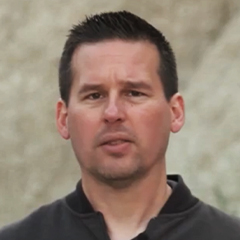
Drone Landscape Photography
Ian PlantFor a higher shooting perspective, drone landscape photography can be the answer. In this free video, world-renowned outdoor photographer Ian Plant takes you to Vanuatu Island in the South Pacific for tips on drone landscape photography from a bird’s eye view. Most drone cameras have a fixed focal length and need to be guided up and down to imitate a zoom lens. Drones offer an infinite variety of composition options. Ian flies the DGI Phantom 4 Pro, and looks for interesting landscape formations with high contrast. He captures ocean patterns, shorelines, land masses, and an active volcano. Learn about drone landscape photography from the pro Ian Plant.
Share tips, start a discussion or ask one of our experts or other students a question.
Already a member? Sign in
2 Responses to “Drone Landscape Photography”
Explore videos by Ian Plant
Premium Membership
Unlock exclusive member content from our industry experts.
- 24/7 Access to Premium Photography Videos, Tips, and Techniques
- Step-by-Step Instructional Demos and Guides
- 50% Off Video Downloads Purchased in the Outdoor Photography Guide Shop
- Access to Ask the Expert Program
Unlock exclusive member content from our industry experts.
- 24/7 Access to Premium Photography Videos, Tips, and Techniques
- Step-by-Step Instructional Demos and Guides
- 2 Full-Length Video Downloads to Watch Offline
- 50% Off Video Downloads Purchased in the Outdoor Photography Guide Shop
- Access to Ask the Expert Program
Gold Membership
$463 Value
Get everything included in Premium plus exclusive Gold Membership benefits.
- 24/7 Access to Premium Photography Videos, Tips, and Techniques
- Step-by-Step Instructional Demos and Guides
- 8 Full-Length Video Downloads to Watch Offline
- 2 Full-Length Photography Classes to Keep for Life
- "How to Shoot Creatively" Educational Track
- Discounts on Purchase-to-Own Content in the Outdoor Photography Guide Shop
- Access to Ask the Expert Program
- Exclusive GOLD LIVE Streaming Events

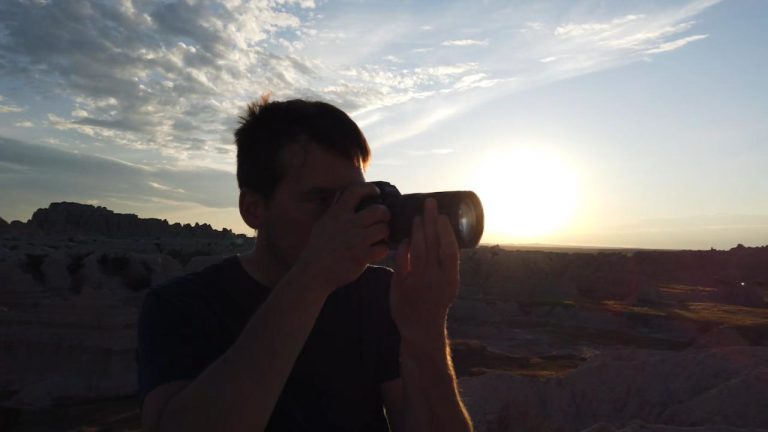
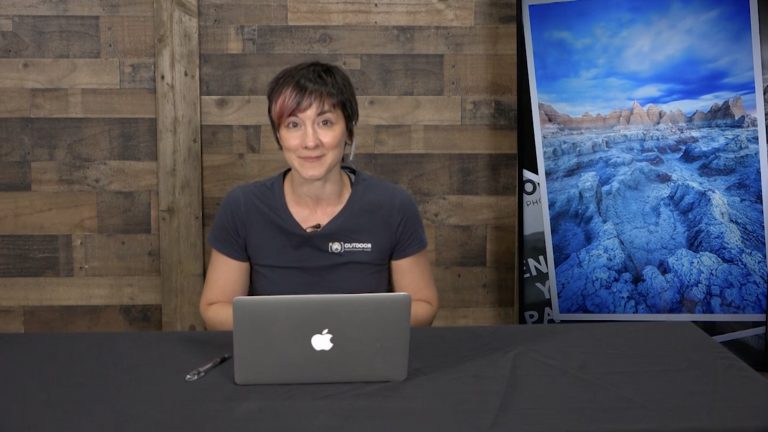
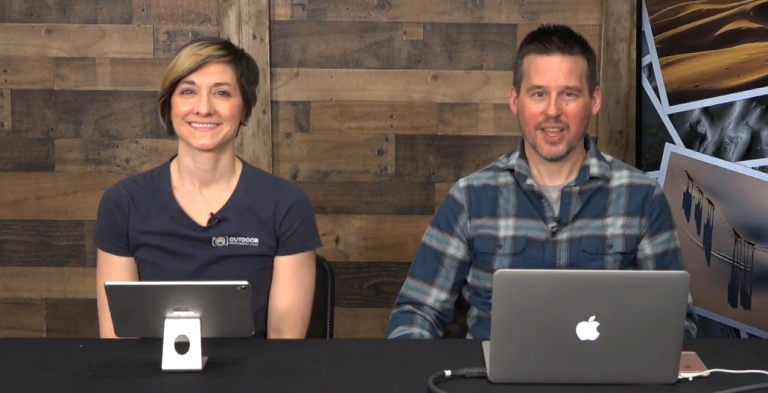
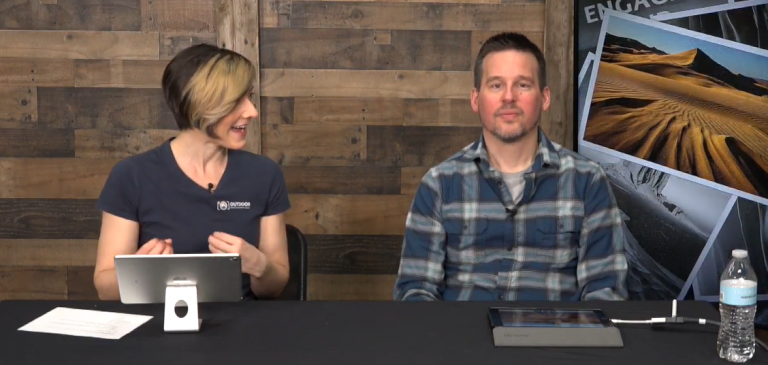
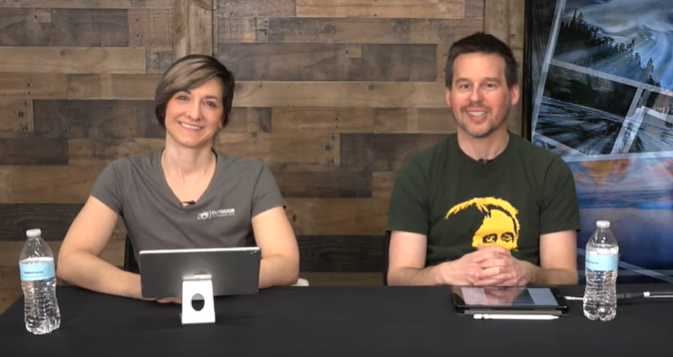
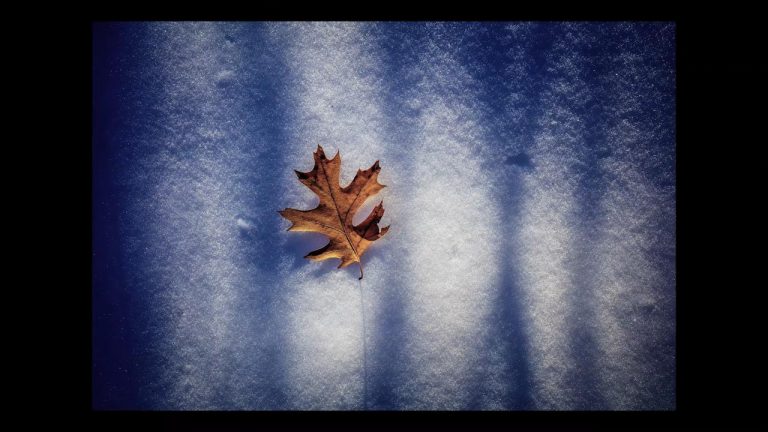
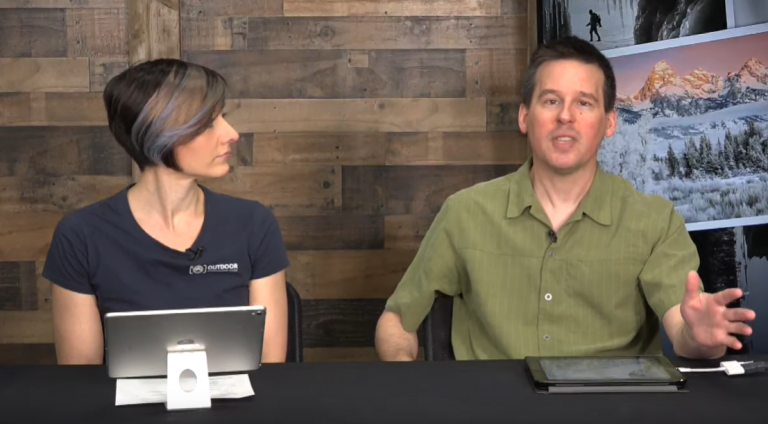
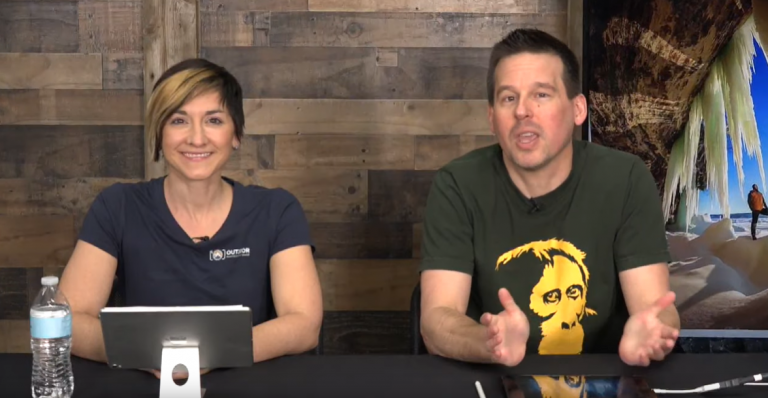
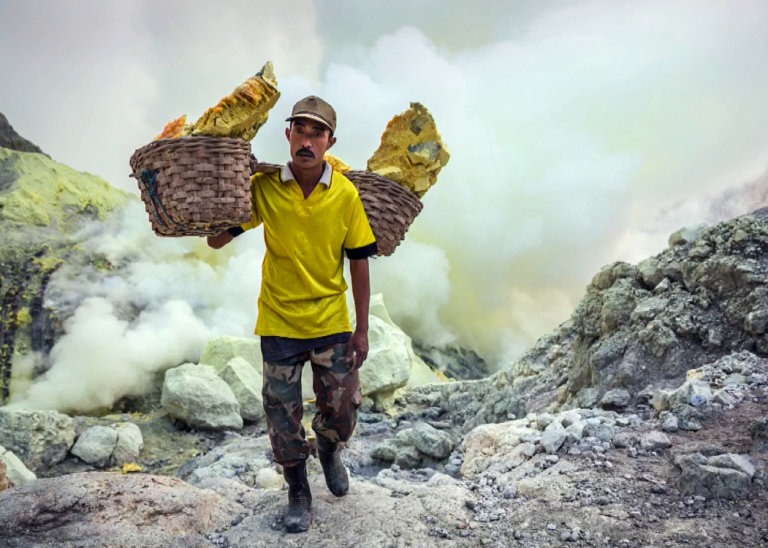
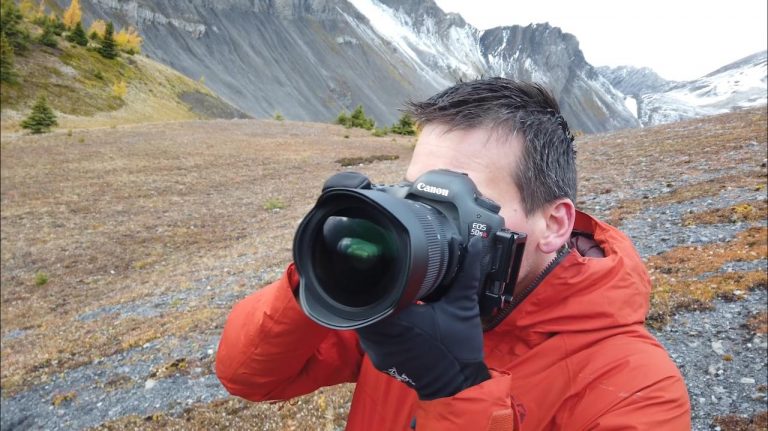
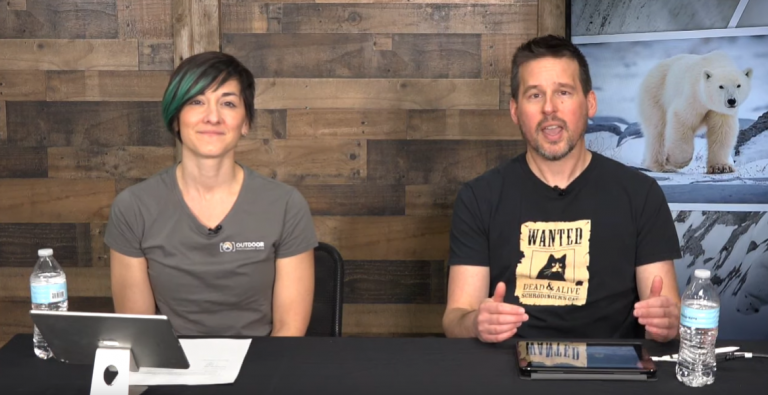
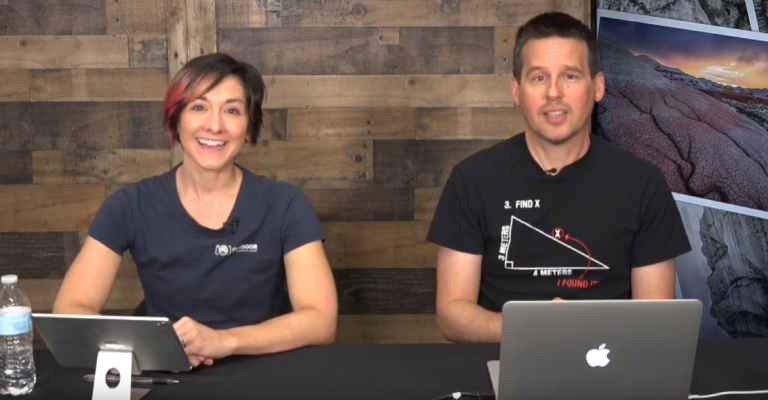
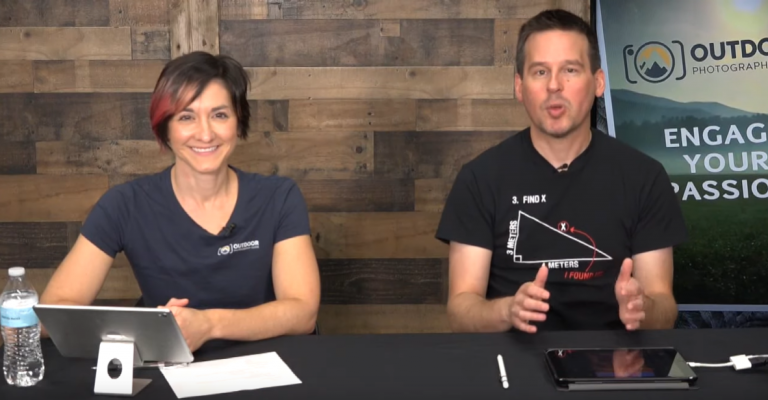
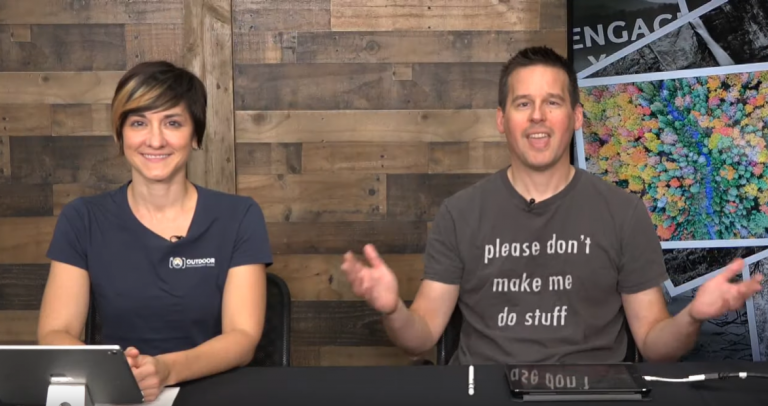
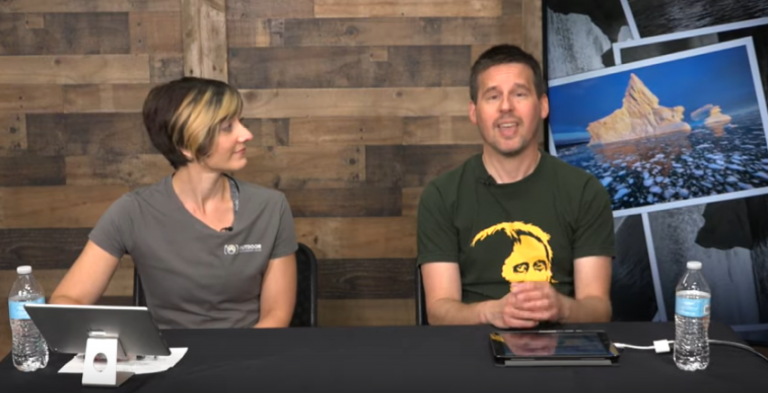
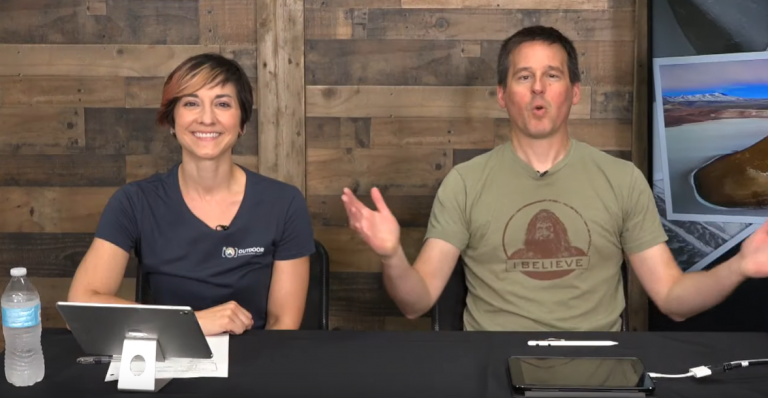
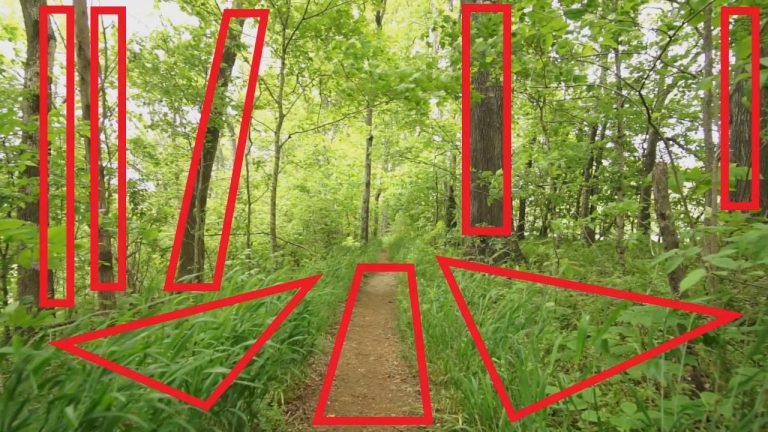
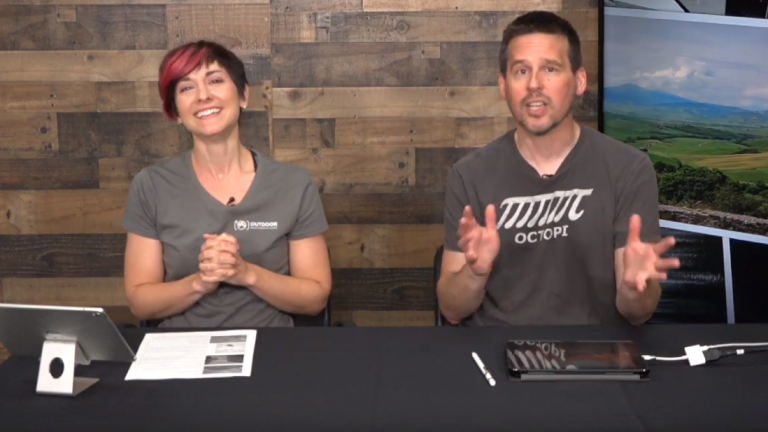
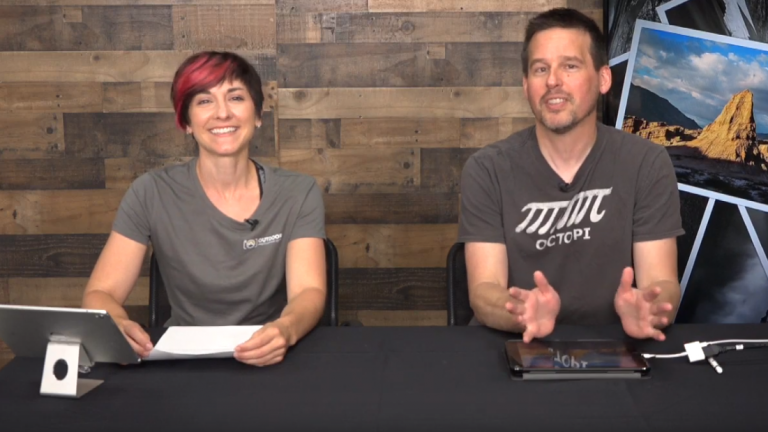
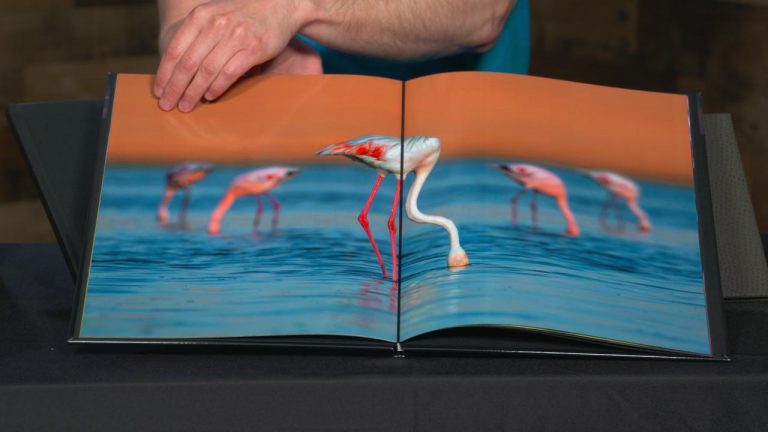
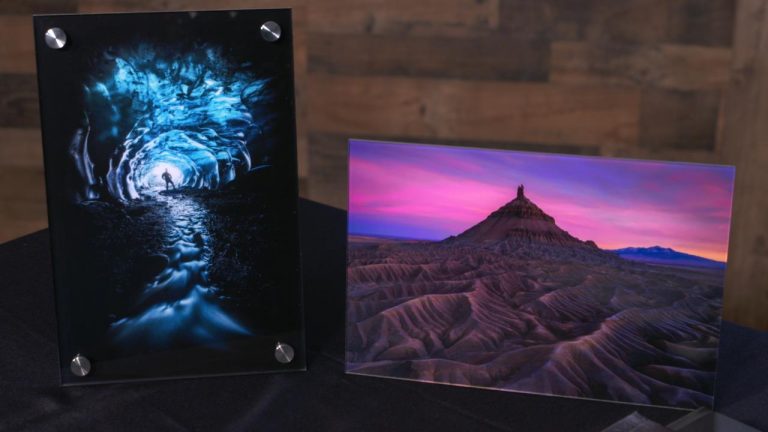
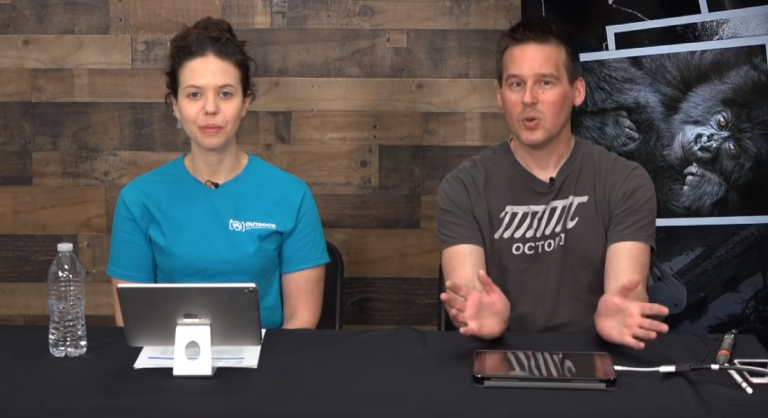
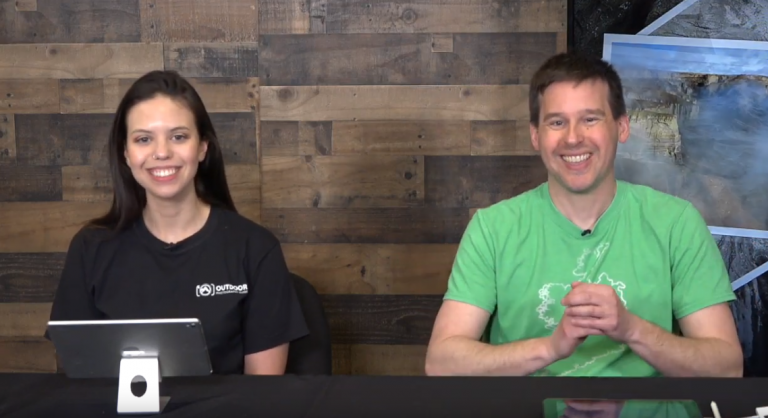
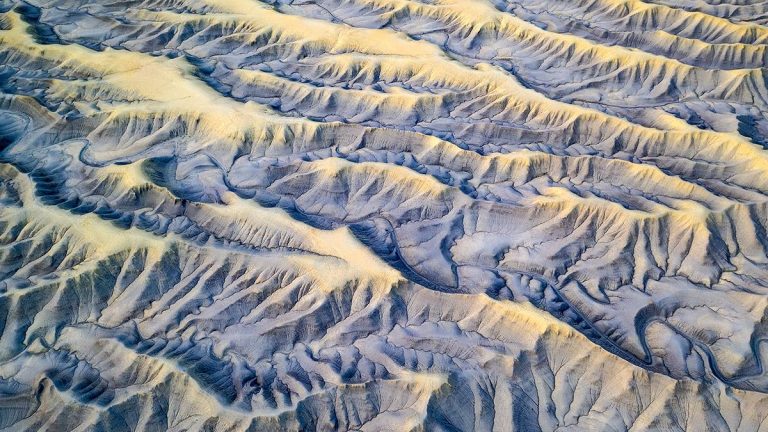
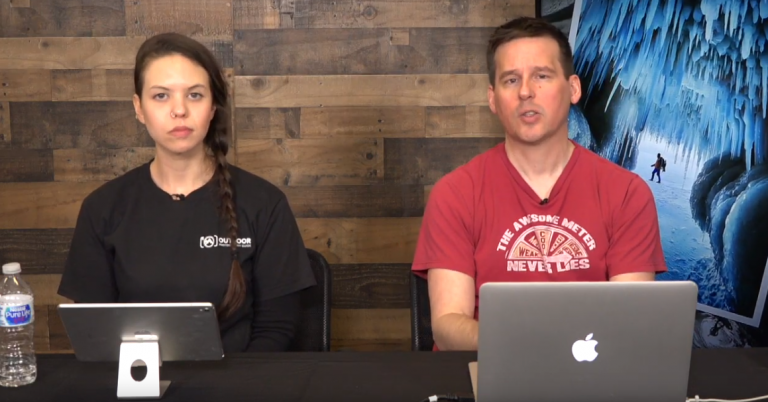
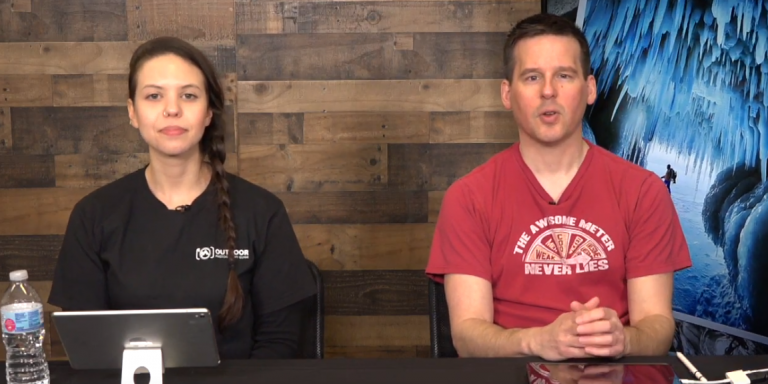
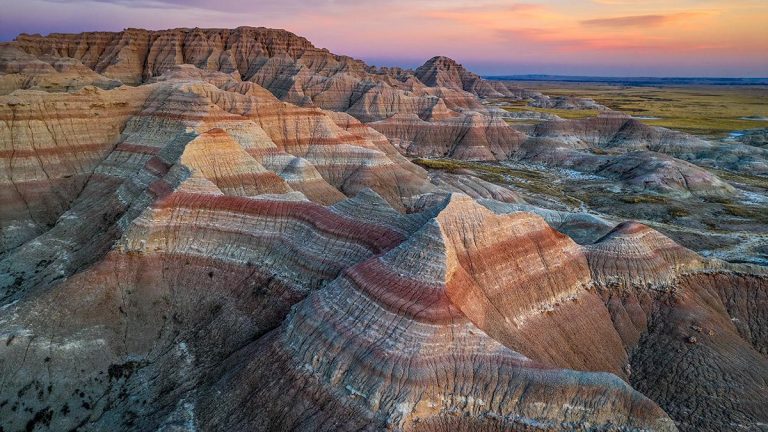
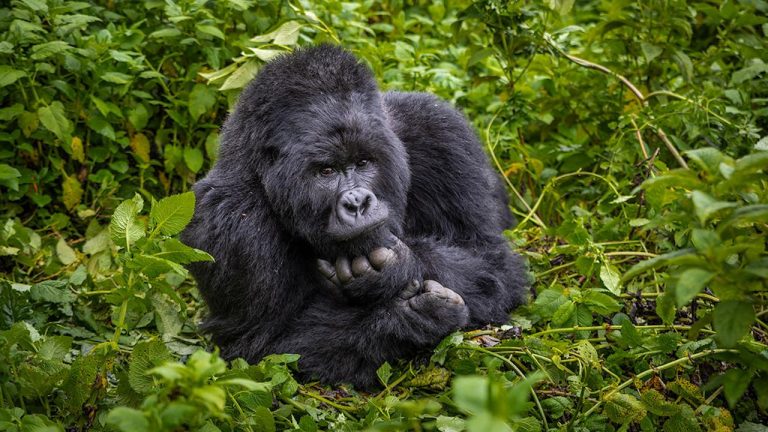
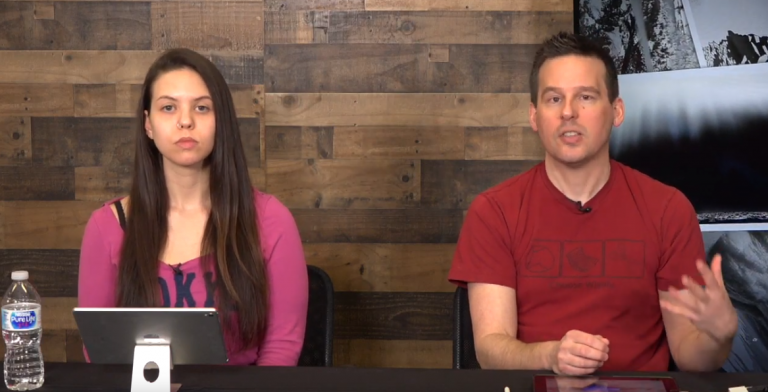
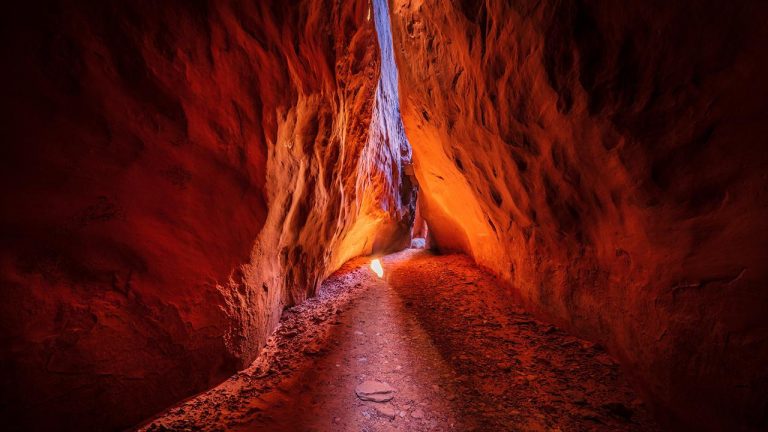
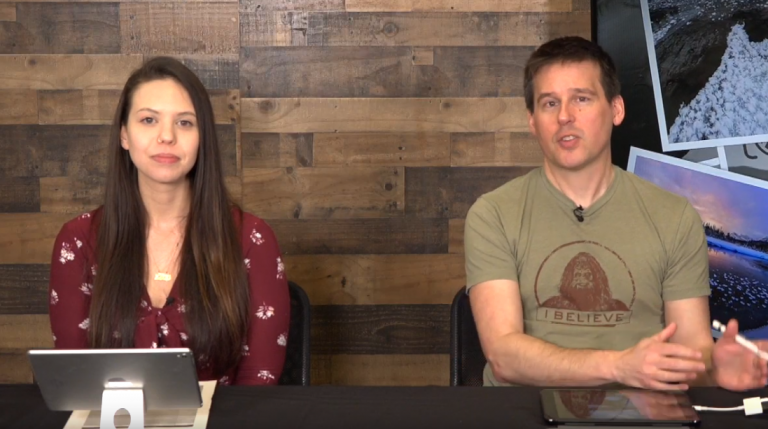
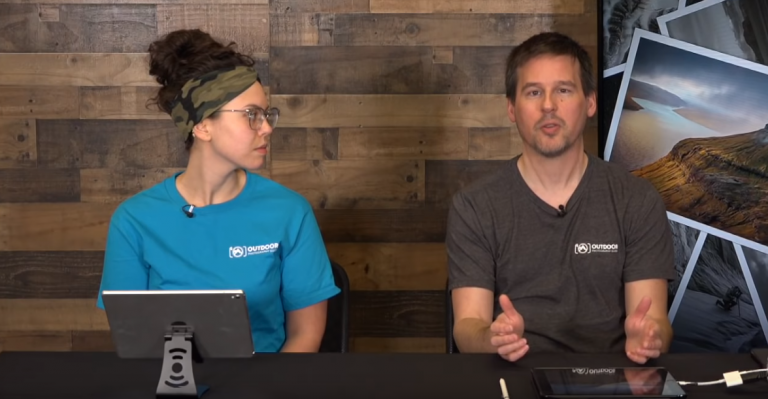
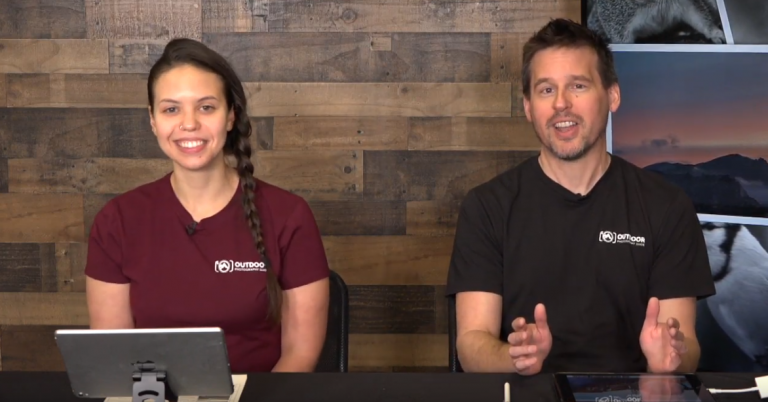
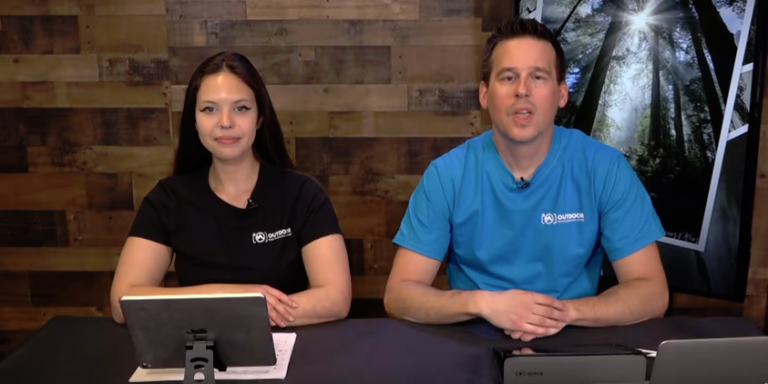
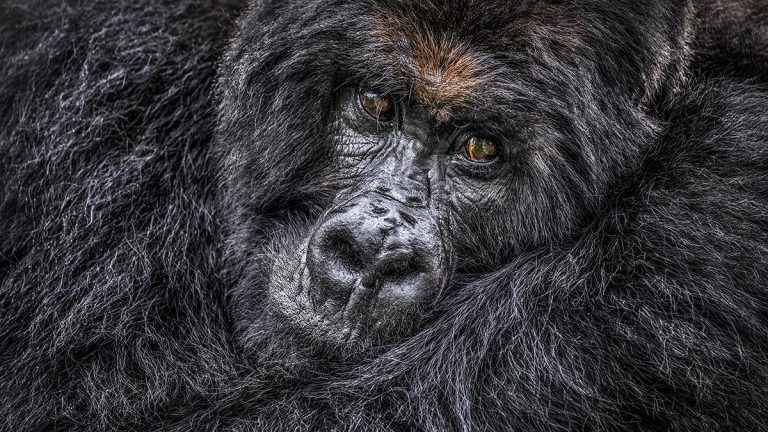
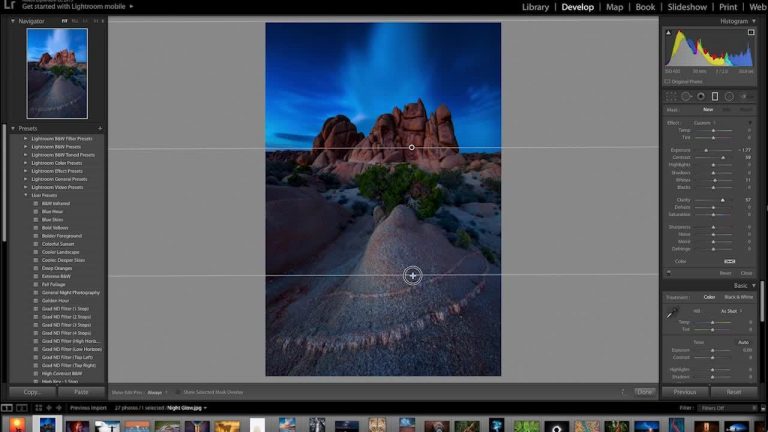
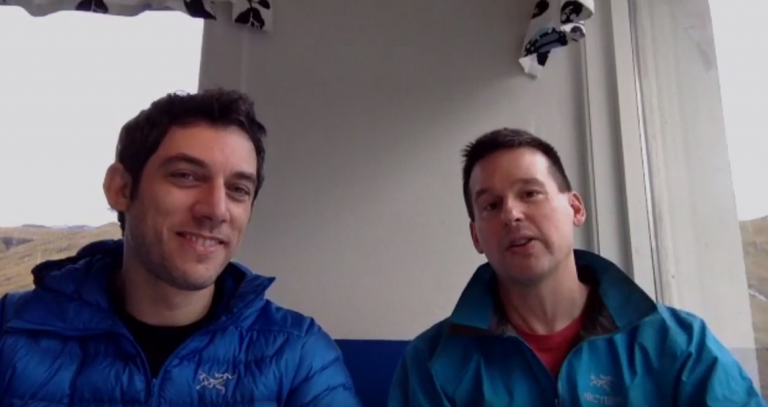
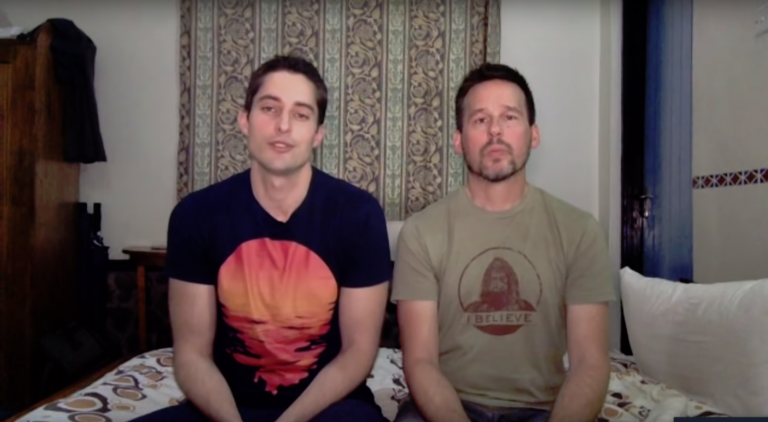
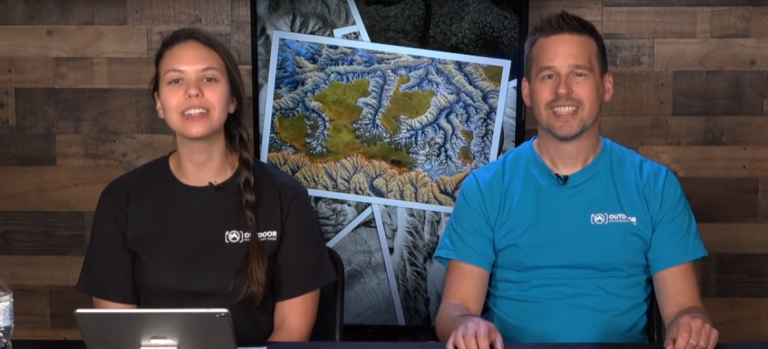
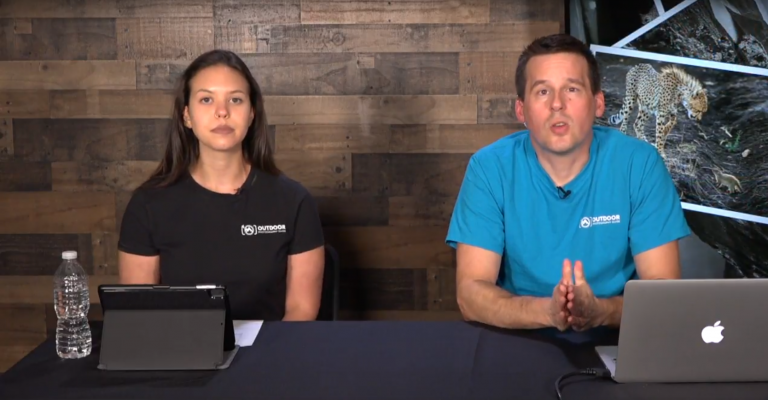
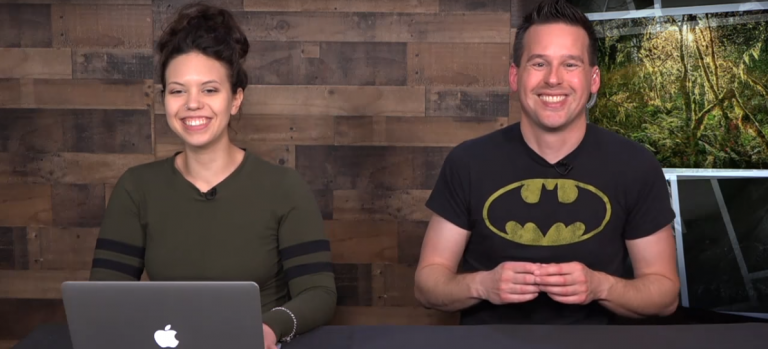


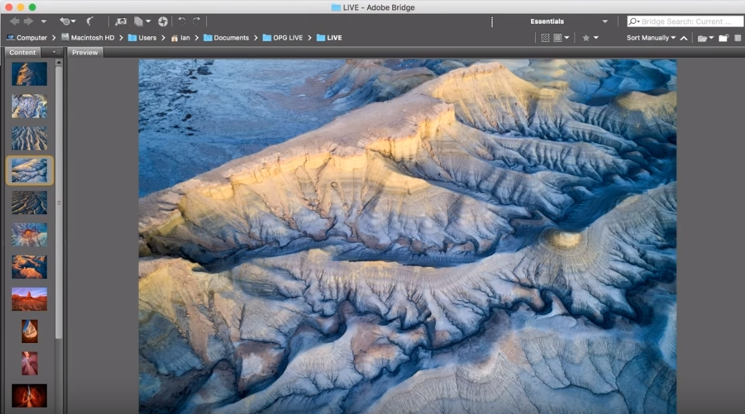
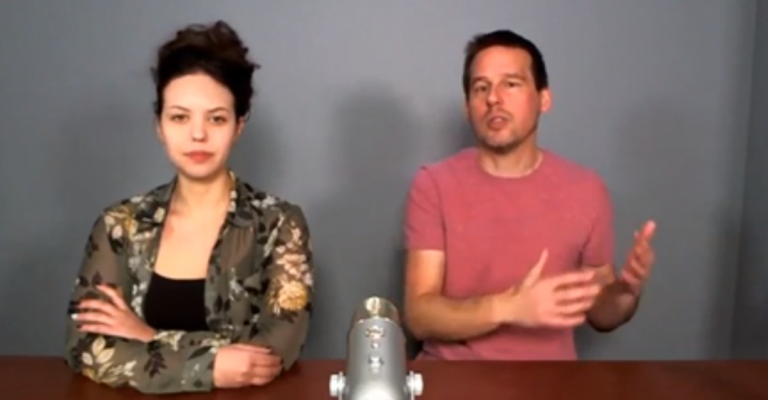
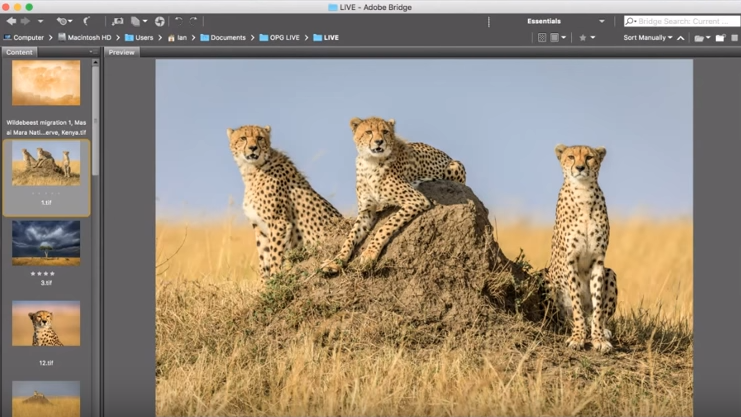
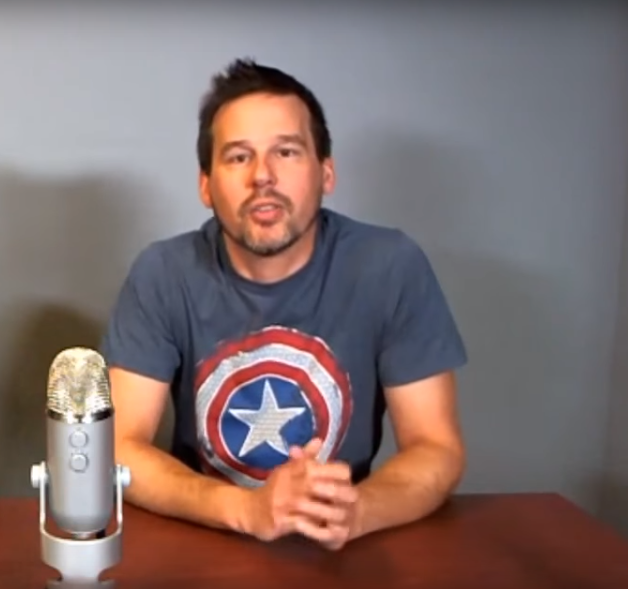
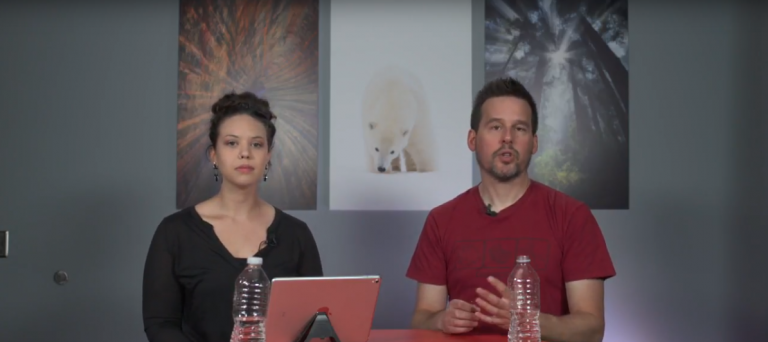
Thank you. Always inspiring. Why did you select the DGI Phantom Pro 4?
I just bought a phantom 4 pro for photography, just interested in any special settings you feel necessary like what you would consider to be the best aperture setting on the drone as i do everything in manual, thanks Ian.